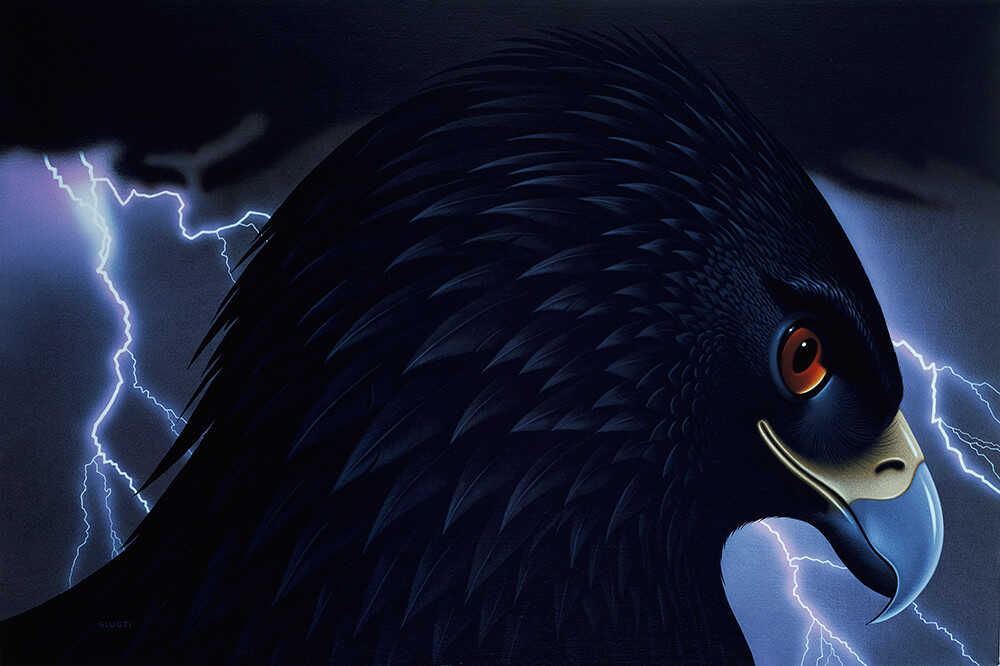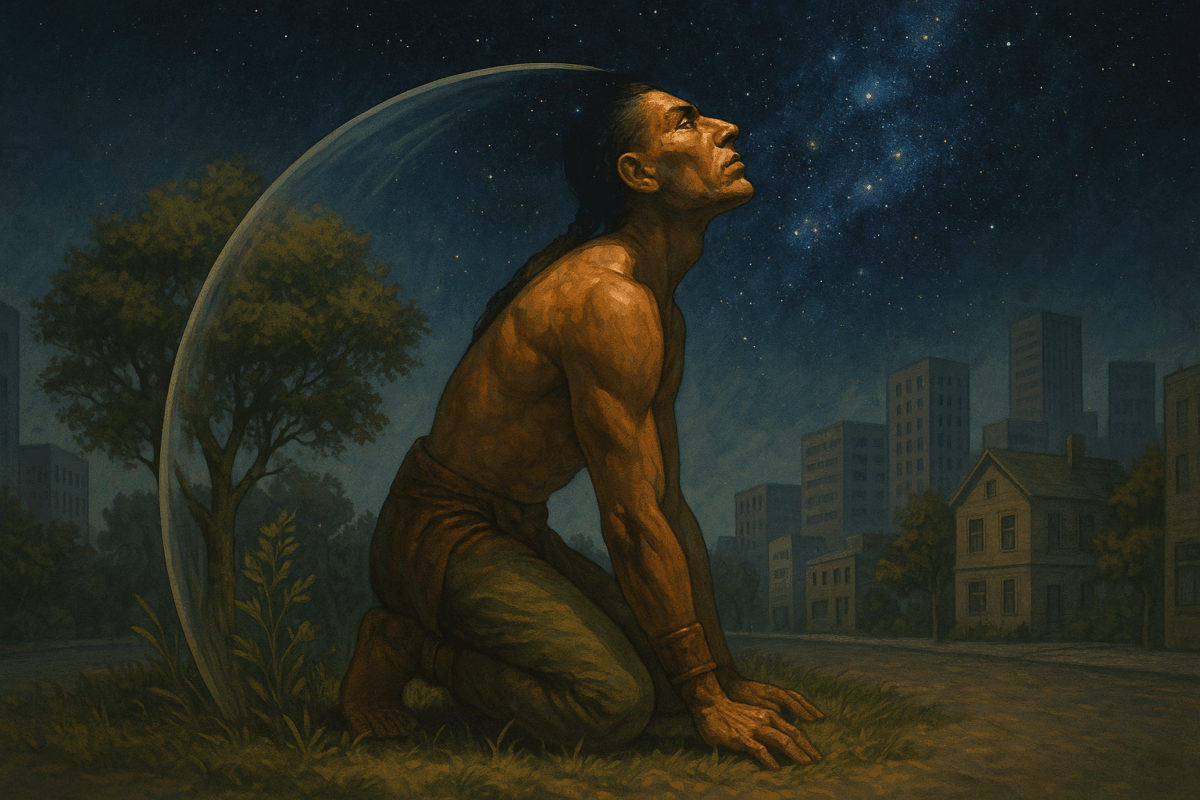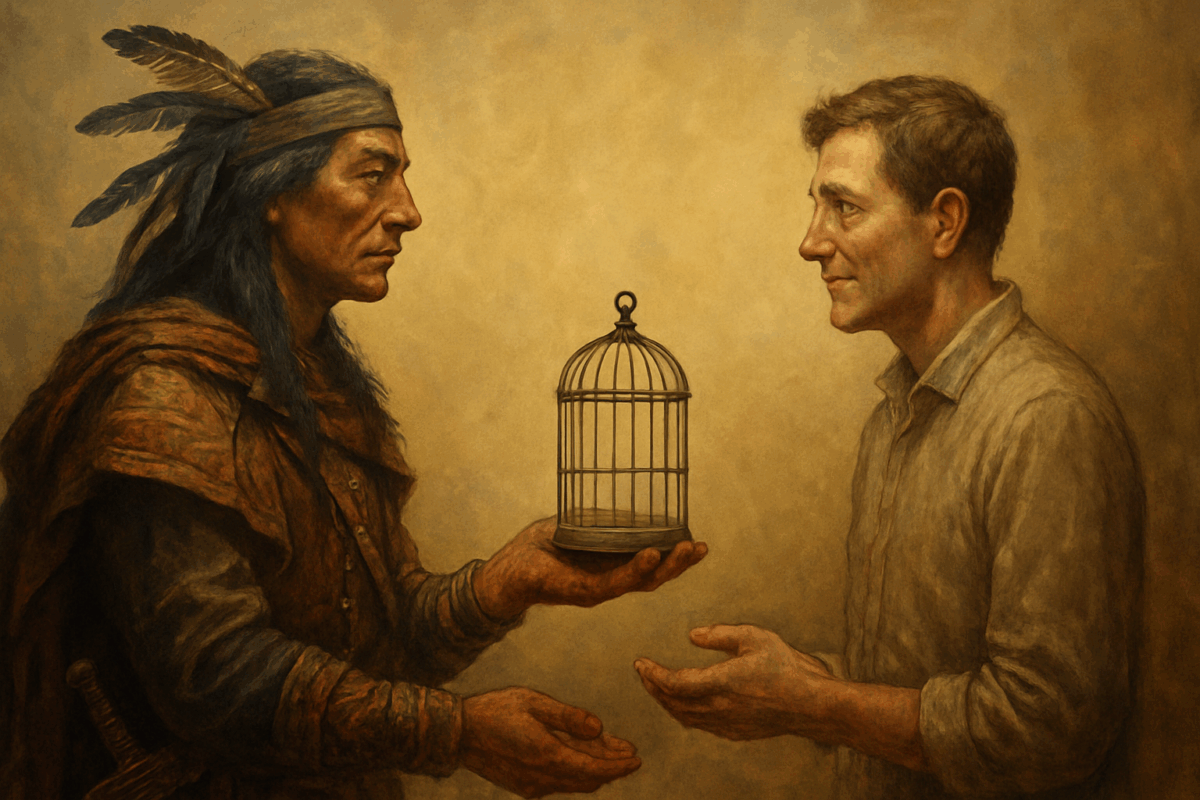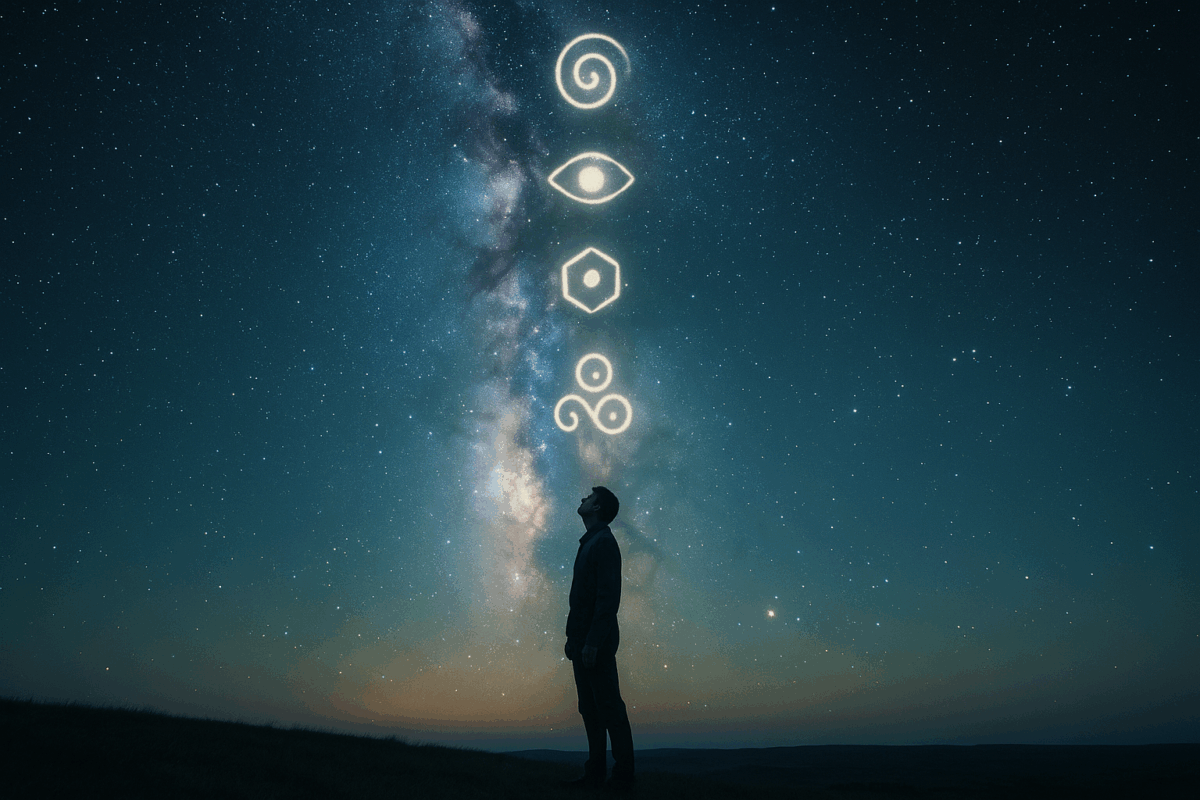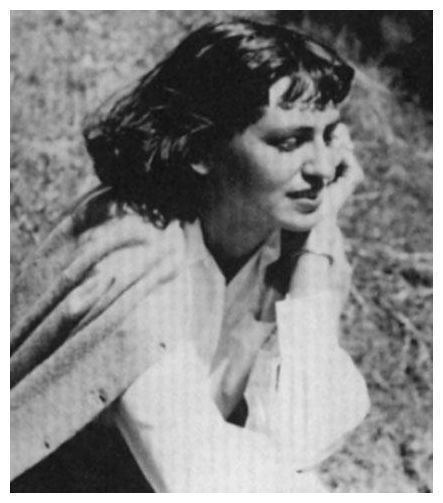Continuing his lessons on the assemblage point, Don Juan explains to Castaneda that its movement beyond a certain limit can assemble entirely different worlds. He reveals that the Sonoran desert aids a “shift below” to the place of the beast, and introduces la Catalina as a powerful sorceress deeply connected to this type of shift. Castaneda recounts his chilling encounters with her, learning they were orchestrated to move his assemblage point. The trio’s dynamic, including Genaro’s humorous antics and the shared laughter, underscore the importance of inner silence and stopping the internal dialogue for freeing the assemblage point, a fixation taught since infancy. Don Juan cautions against the “high adventure of the unknown,” a dangerous pursuit favored by old seers like nagual Julian and la Catalina, who were waylaid by the allure of power and animal transformations (“shifts below”). Castaneda himself experiences a profound “shift below” during an encounter with la Catalina, perceiving her (and himself) as a grotesque creature and entering a non-human state of boundless awareness and joy. This experience, while deeply unsettling, proves to Don Juan that Castaneda has no inclination for such aberrant shifts, unlike the old seers. The chapter concludes with Don Juan explaining “skimming,” a unique human capacity to refine perception, a magical act that, if not controlled, can be a profound pitfall.
